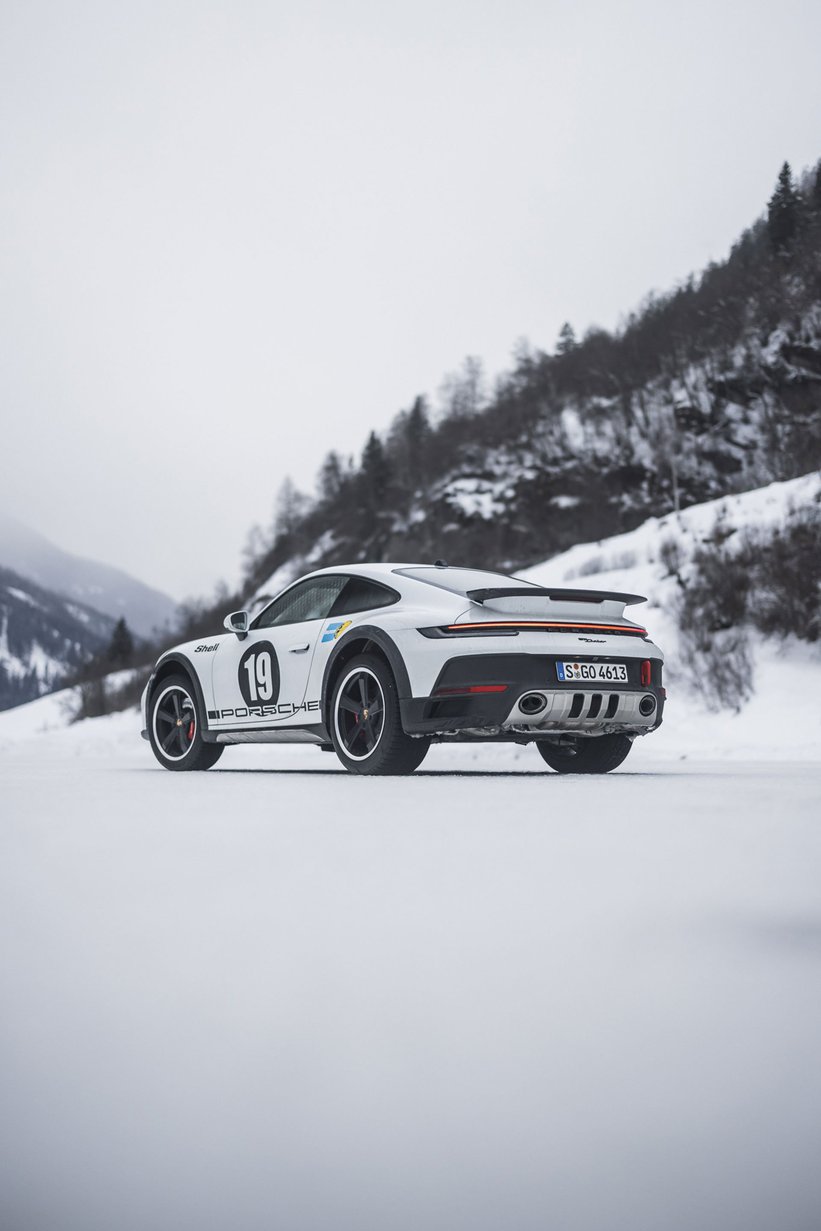

Spoiler alert: There will only be 2500 examples of the Porsche 911 Dakar ever made. And if you haven’t got one on order already, my impressions from a brief stint behind the wheel of this particular special edition sportscar could be the closest thing to ever finding out what it is like to drive one. So, if you fancy that particular form of torture, I encourage you to read on as – and let’s make this clear from the beginning – this car is worth the hype.
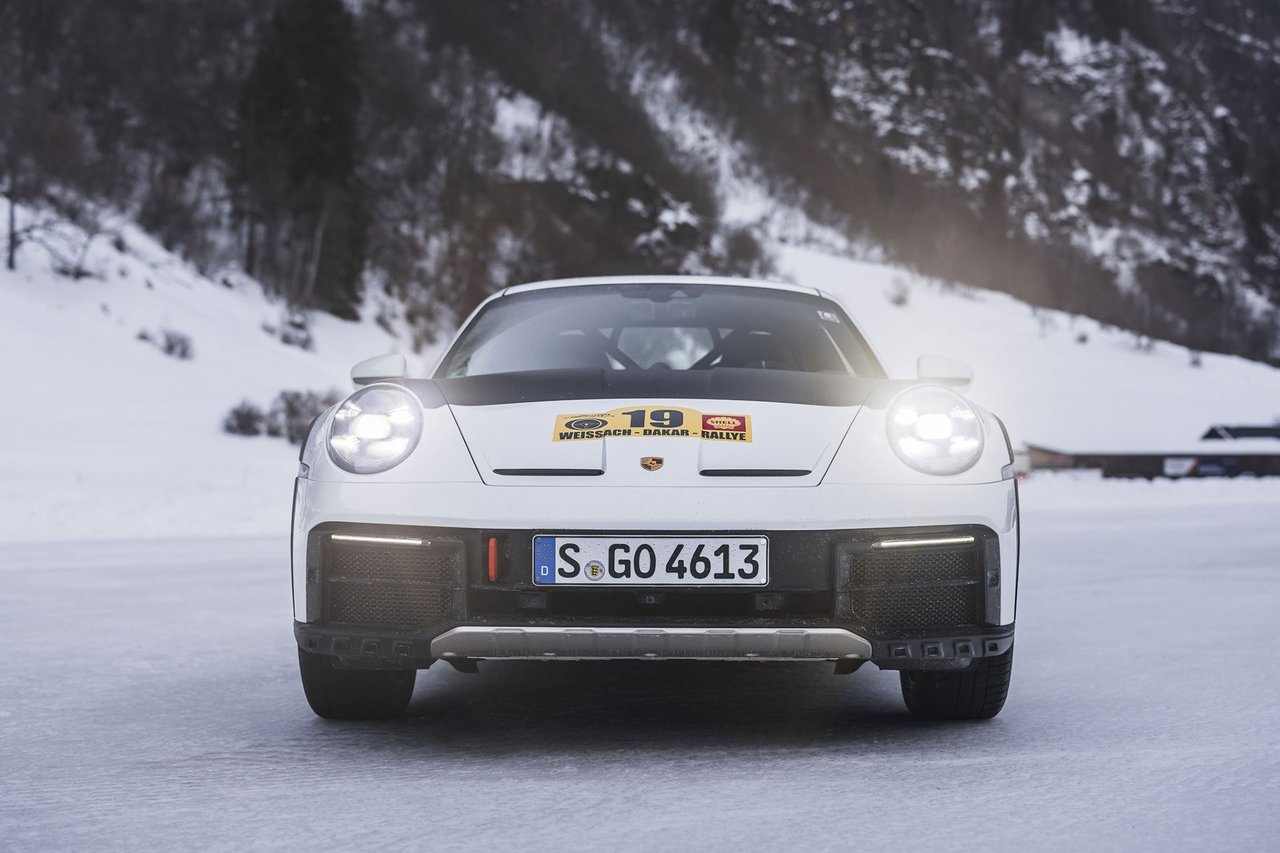
First thing’s first though. If you’ve just came back from a six-month offline retreat in Tibet, the Porsche 992 Dakar was unveiled in November 2022 as a tribute to the rally Porsches of the past. Retracing its lineage to Vic Elford’s 1968 Monte Carlo win in a 911T – although rallies at that time were more endurance and regularity based then about outright speed – and more importantly the entries of the 911, the 953 and the 959 into Safari rallies. The name of Porsche’s long-awaited allroad wonder of course is a tribute to the most famous offroad adventure of them all, the Paris-Dakar Rally, which Porsche famously won in 1984 with René Metge behind the wheel and Dominique Lemoyne as navigator.
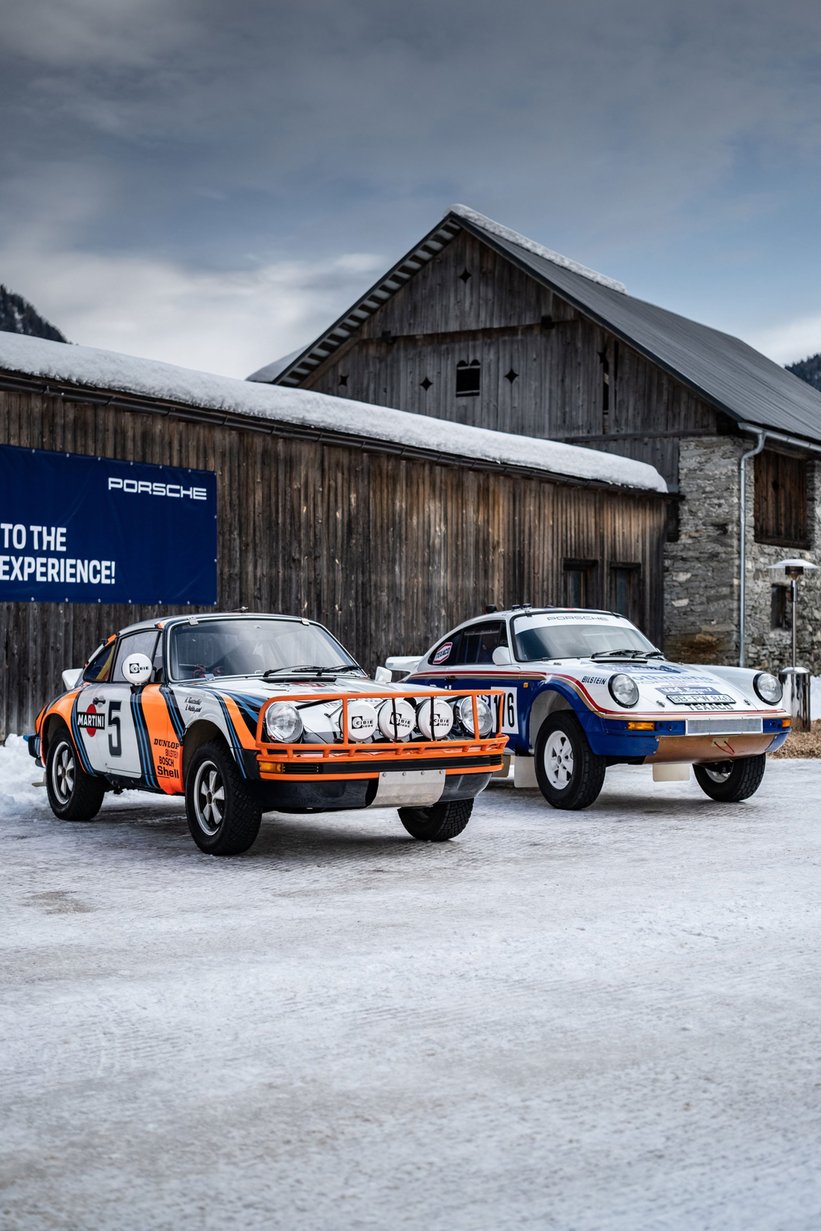
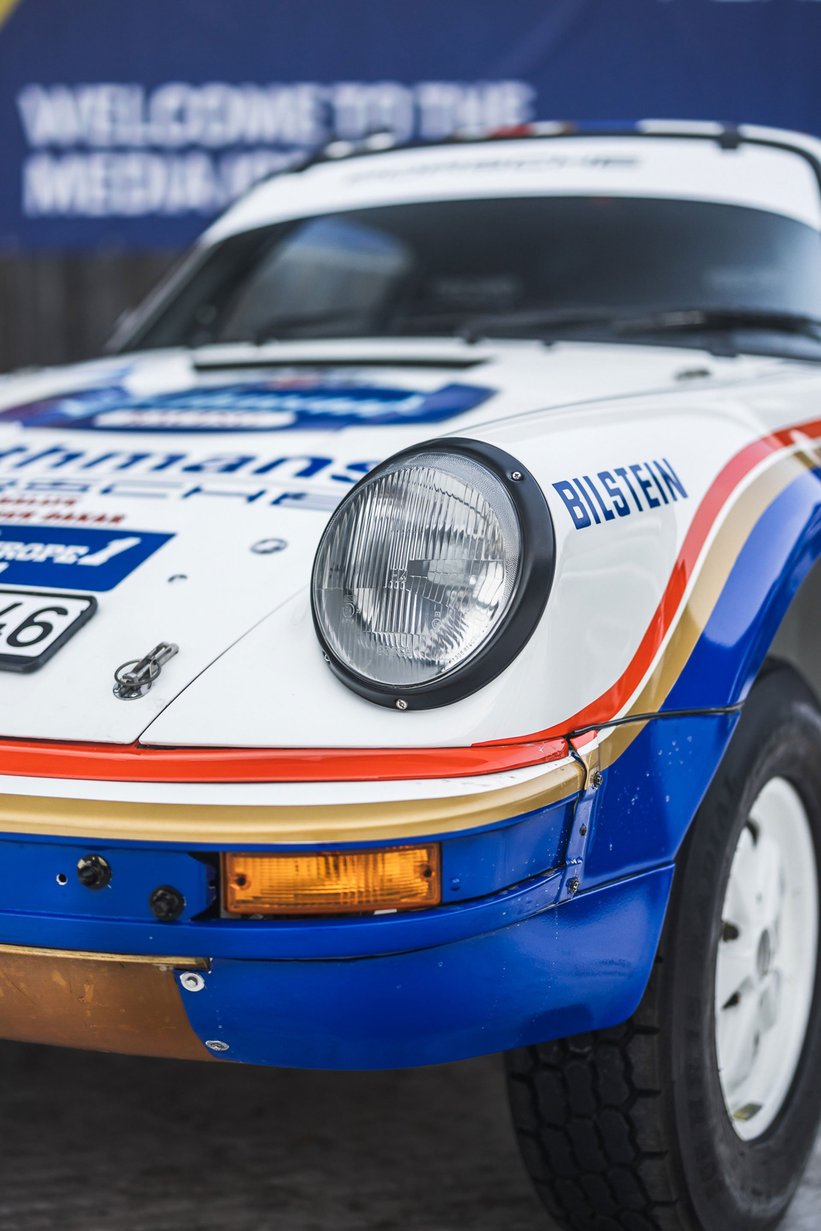
Now, it should be no surprise to anyone that Porsche listens to their customers. And after an outpour of owner-modified, lifted, heavy-duty terrain munching machines flooding the internet in recent years, the Zuffenhausen-based company finally offered their take on the subject. A modern reinterpretation on the 911 rally recipe was on the cards. It was just a matter of time. And Porsche being Porsche took all the time they needed – specifically about 10 years to perfect the car we see here today. It also took 500 000 kilometres of on-road testing and 10 000 kilometres of extreme off-roading to get it right. Yes, it has paid off, but bare with me.
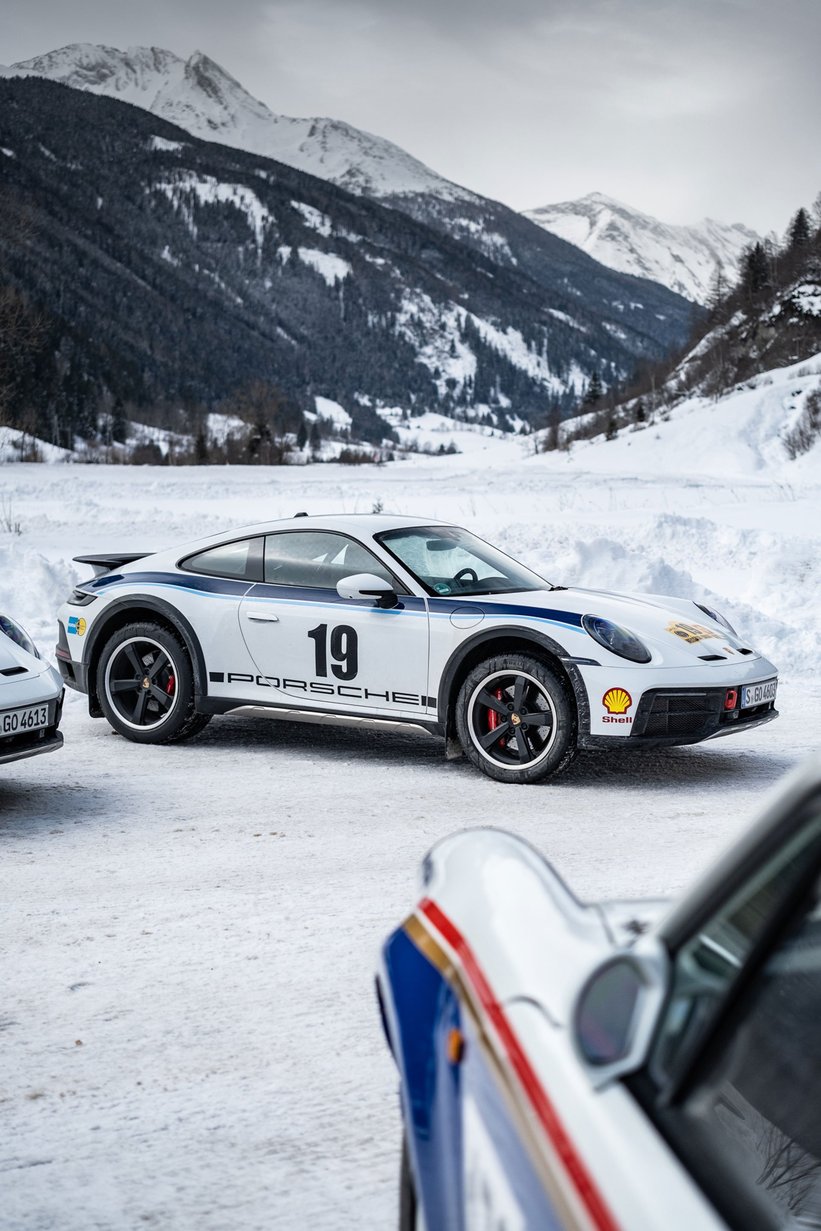
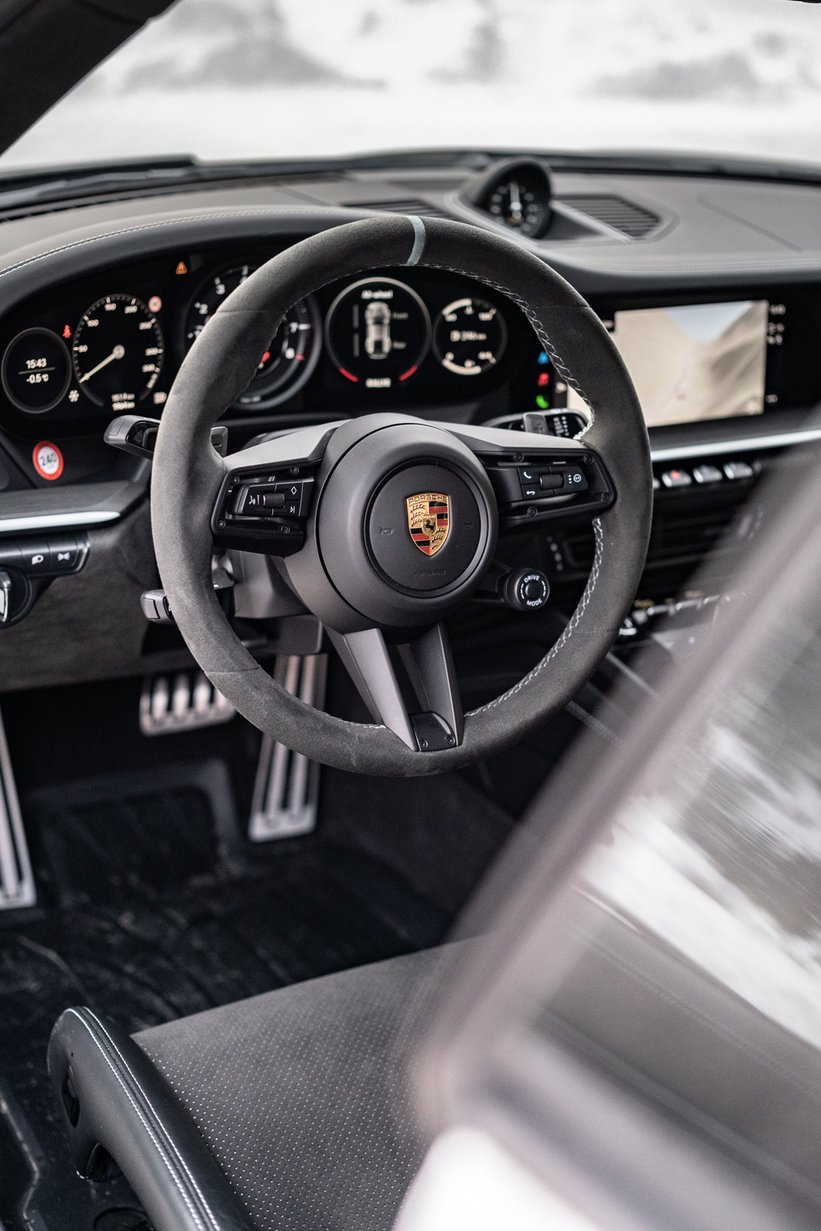
Would Jacky Ickx, who convinced Porsche to go rallying in the Paris-Dakar in the first place, be proud of this car? First, let’s examine the facts. The 3-litre biturbo flat six comes from the GTS and delivers 480 hp and 570 Nm of torque. The 0-100 km/h sprint takes 3.4 seconds. Due to the nature of the Pirelli Scorpion All Terrain Plus tyres with their chunky 9 mm deep thread pattern, reinforced sidewalls and rubber specially developed for this car, top speed is limited to 240 km/h. Still, the Dakar will easily do 170 km/h in off-road mode, while raised 80 mm higher than a standard 911 Carrera with sports suspension. So if you happen to be living outback or in the middle of a forest in Alaska or Norway, that last part should get your attention.

The whole setup is incredibly clever. This beefed-up car sits 50 mm higher off the ground than a regular Carrera, but can raise itself an additional 30 mm if the terrain requires more clearance. Speaking of which, thanks to its short wheel base, the Dakar’s ramp angles for approach and departure rival those of conventional SUVs. And its brake-over angle is even better. This allows it to surf dunes like it’s Kelly Slater.
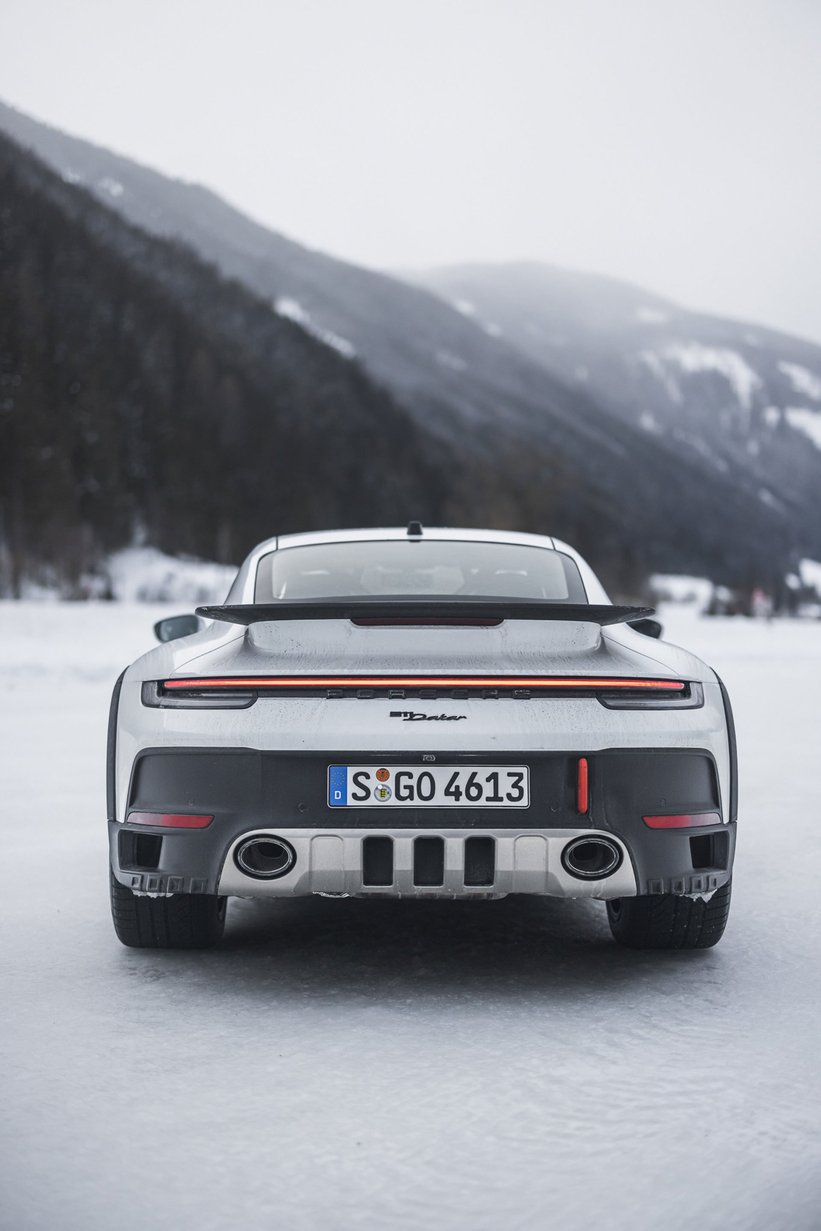
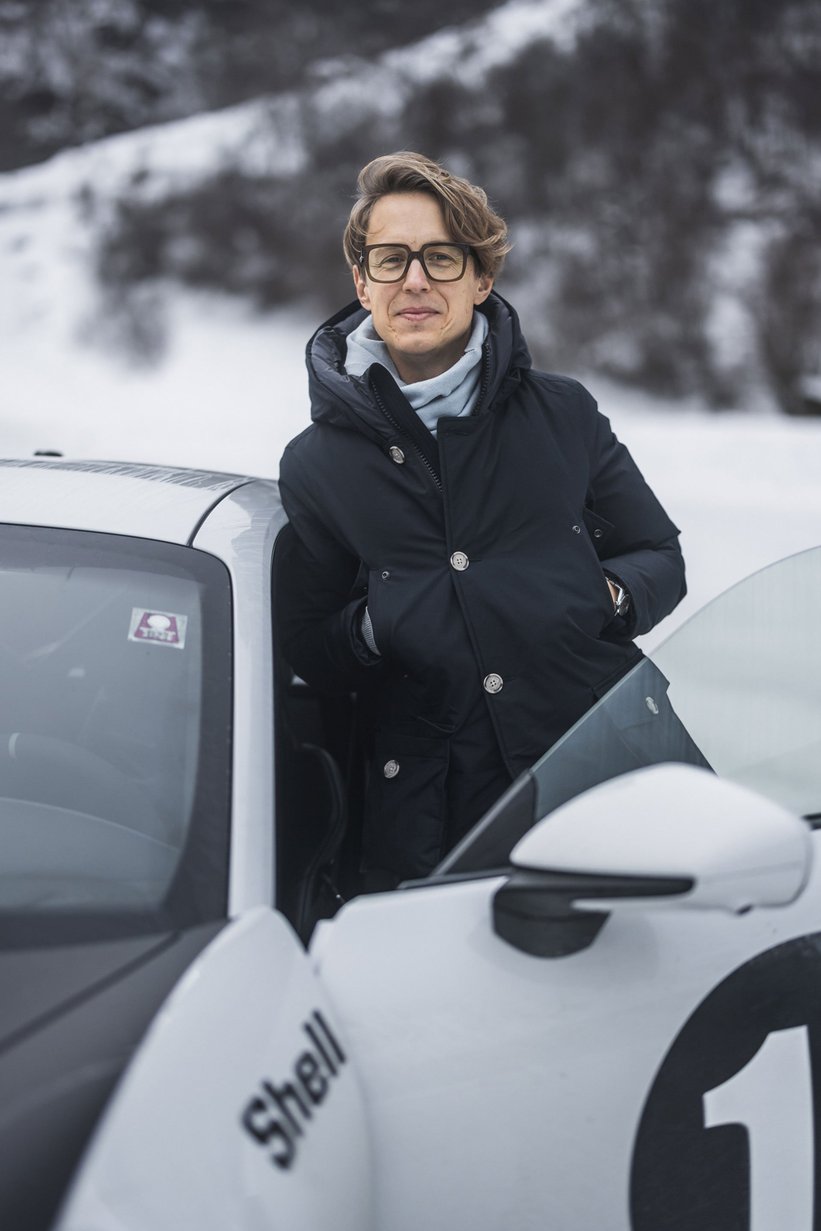
With the reprogrammed four-wheel drive system (locking differential is standard, but the system generally favours the rear wheels), rear axle-steering, active PDCC anti-roll stabilization and a ‘Rallye Launch Control Mode’ which allows a bigger wheel slip on loose surfaces, it’s also no slouch when it comes to devouring an ice track with a few jumps on it. All that on standard winter tyres.
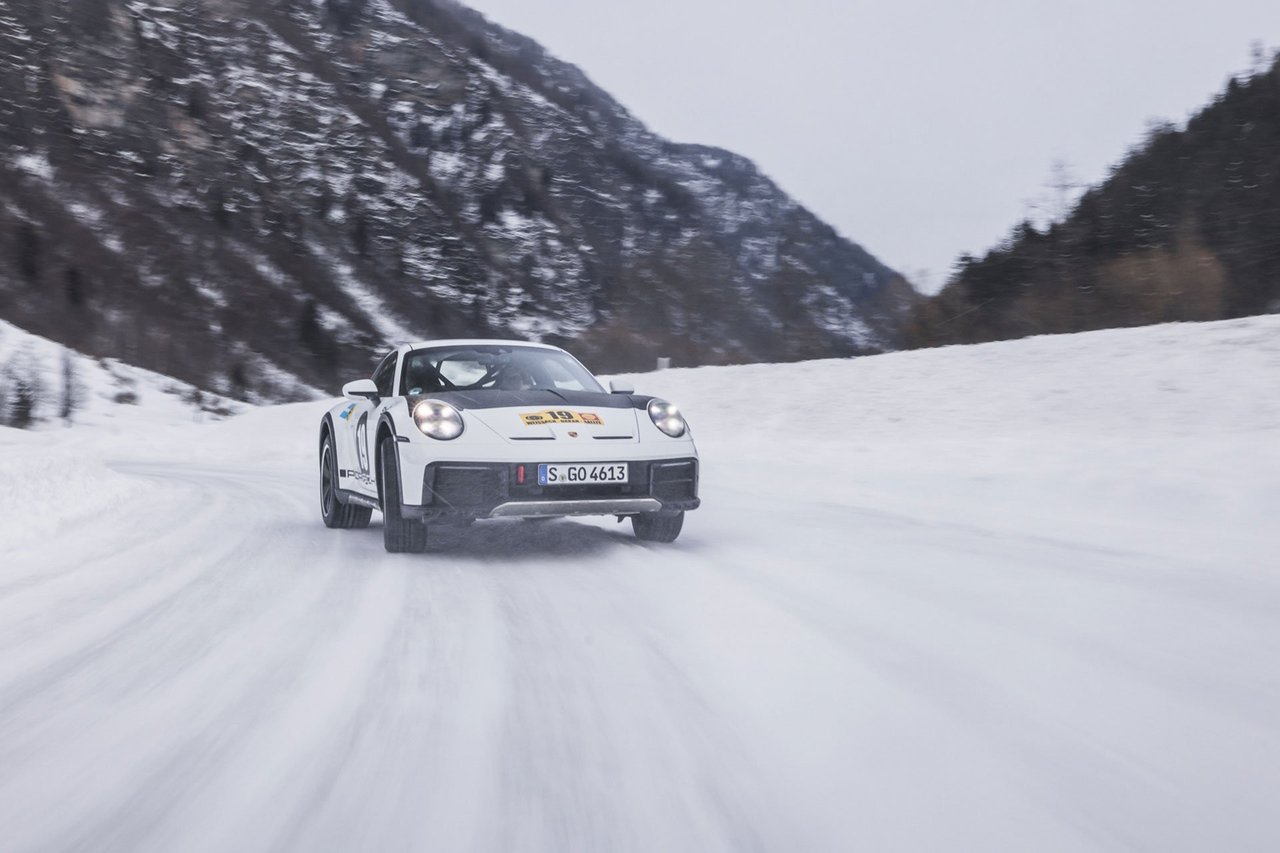

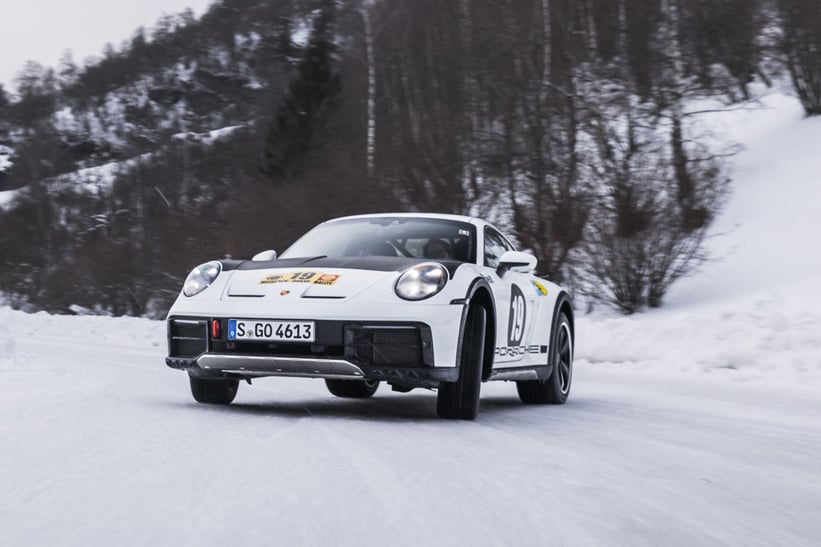
As the car needs to withstand all kinds of abuse, the undertray needed extra protection. All cooling elements were also redesigned in order to avoid damage from gravel or sand. The Dakar however is only 10 kilograms heavier than a standard Carrera 4 GTS due to thinner windows and extensive use of carbon fiber on the trunk and the engine cover with its integrated spoiler (another homage to the original car). The seats are lifted straight from a GT3 RS as are the engine mounts. The roll cage in the back is apparently optional, but even if squeezing your stuff through it is a bit of a nuisance, it gives you a much-needed extra sense of security. It is a rally car after all, so rolling it isn’t entirely out of the question.
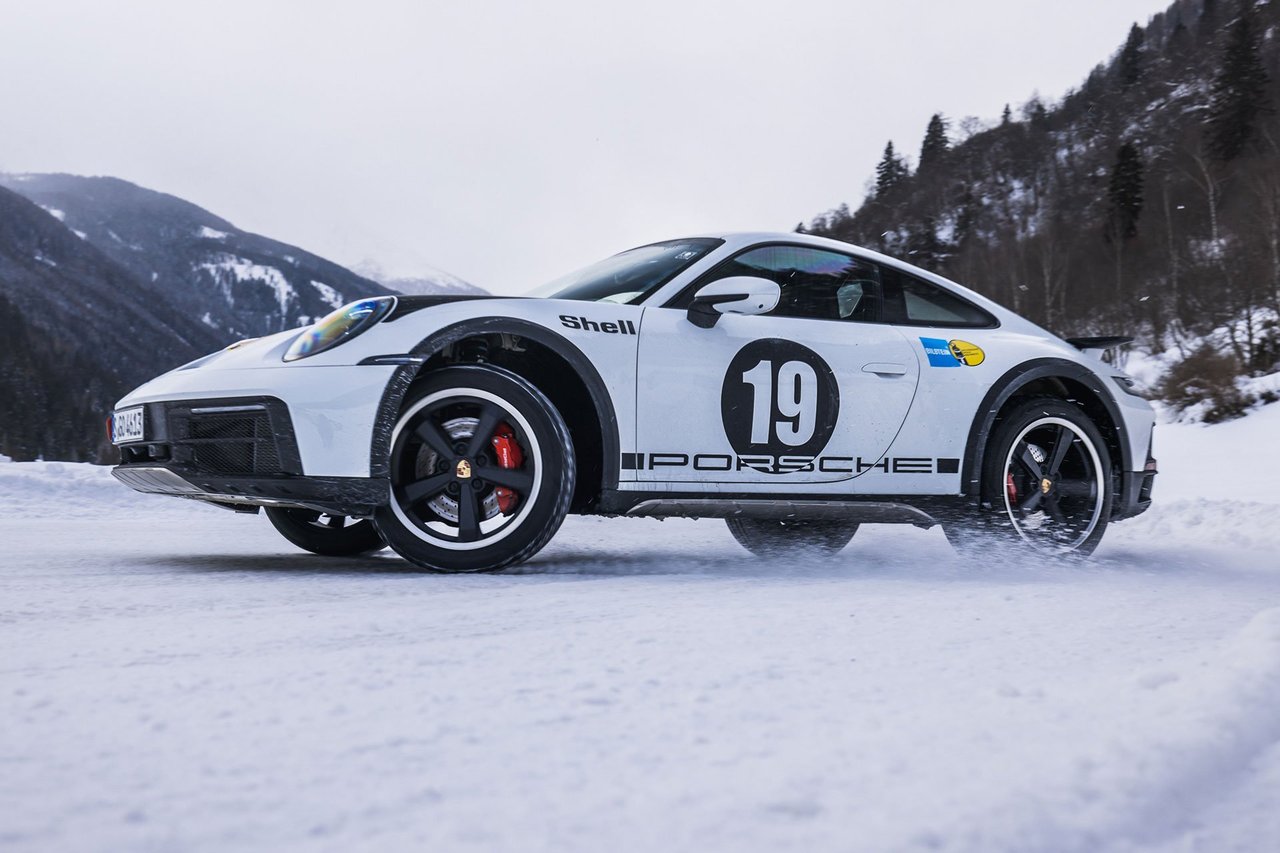
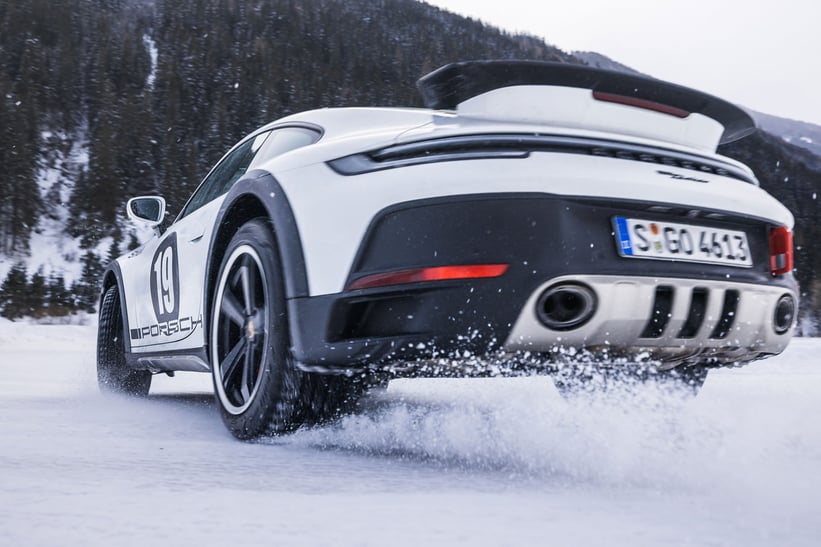

And what a car it is. There’s no adjustment period needed – from the moment you turn the key (on the left, of course), you immediately feel that you are driving a Porsche 911. On the road it even seems more comfortable than a standard Carrera, although trying Rally Mode on the autobahn makes it roll like a classic Citroën, which some might consider scary. In Normal Mode, with the sports exhaust off, and the DSG gearbox set to full automatic, it was cruising more quietly than the 911 Turbo S Cabrio I arrived to Zell am See in. There’s Apple Car Play to get you to your next bivouac and a great Bose sound system if you fancy listening to Paul Simon’s ‘Graceland’ on your journey.
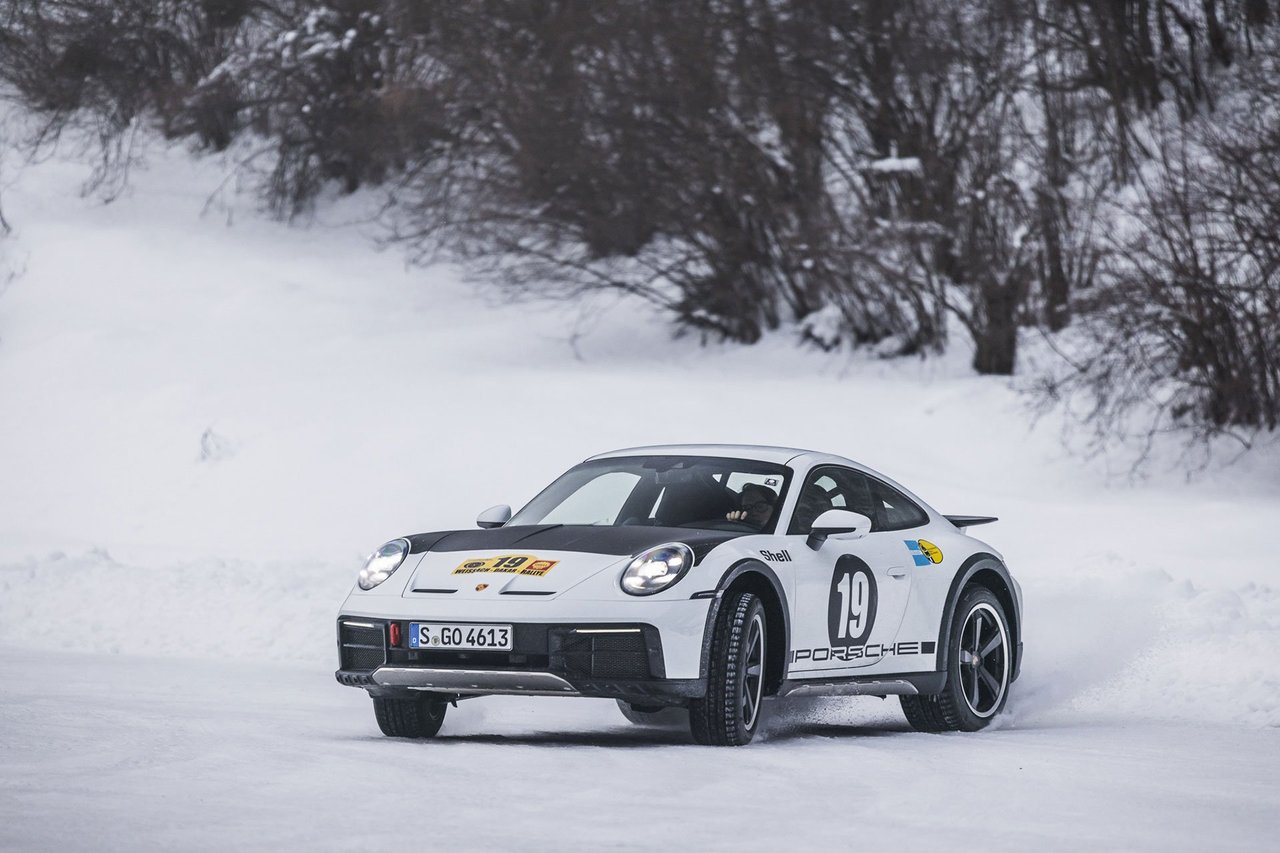
But turn on Sports or rally mode, head to a frozen track and a completely different chapter of the story begins. Even on spikeless, bog-standard Pirelli winter tyres, the car instantly turns into a weapon. It can go fast if you want it too – as I was later shown by rally legend Walter Röhrl during a co-drive, even faster than us mere mortals can expect –, but it also delivers by putting a big “F” into both “focus” and “driving fun”.
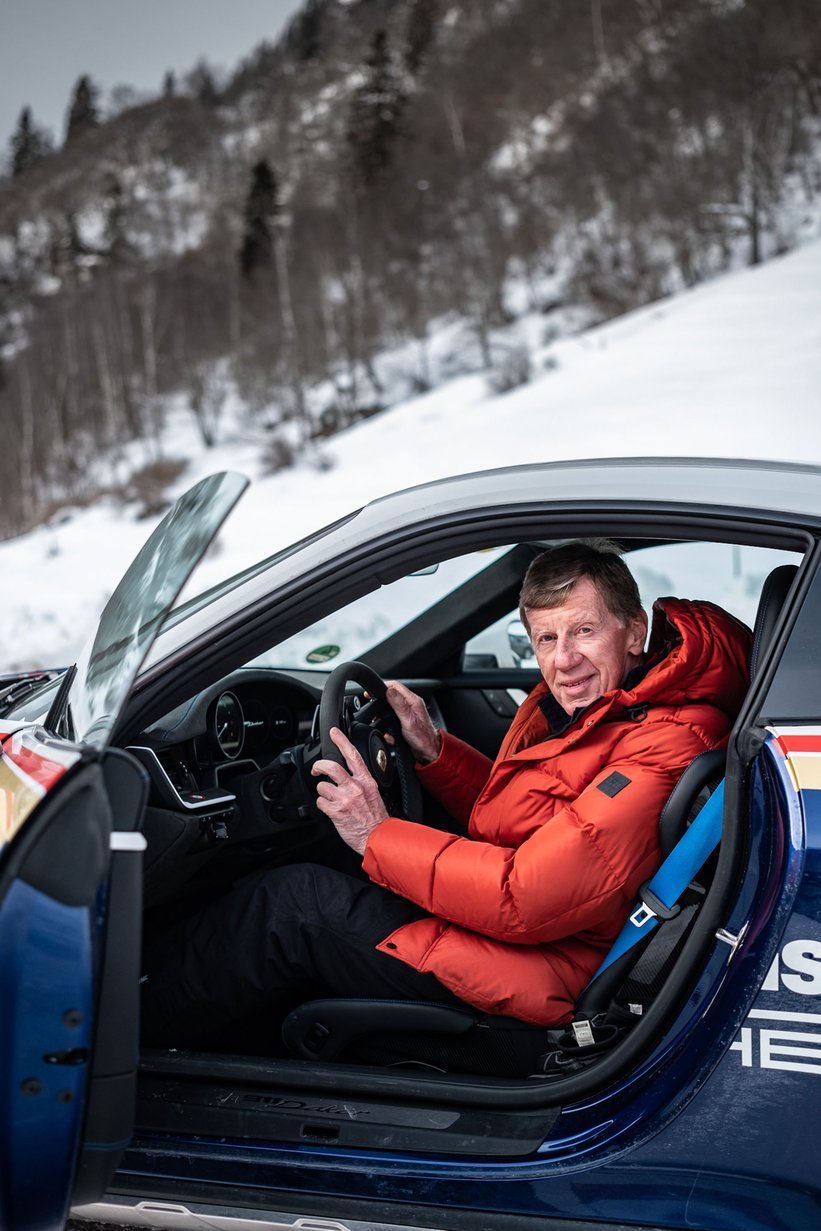
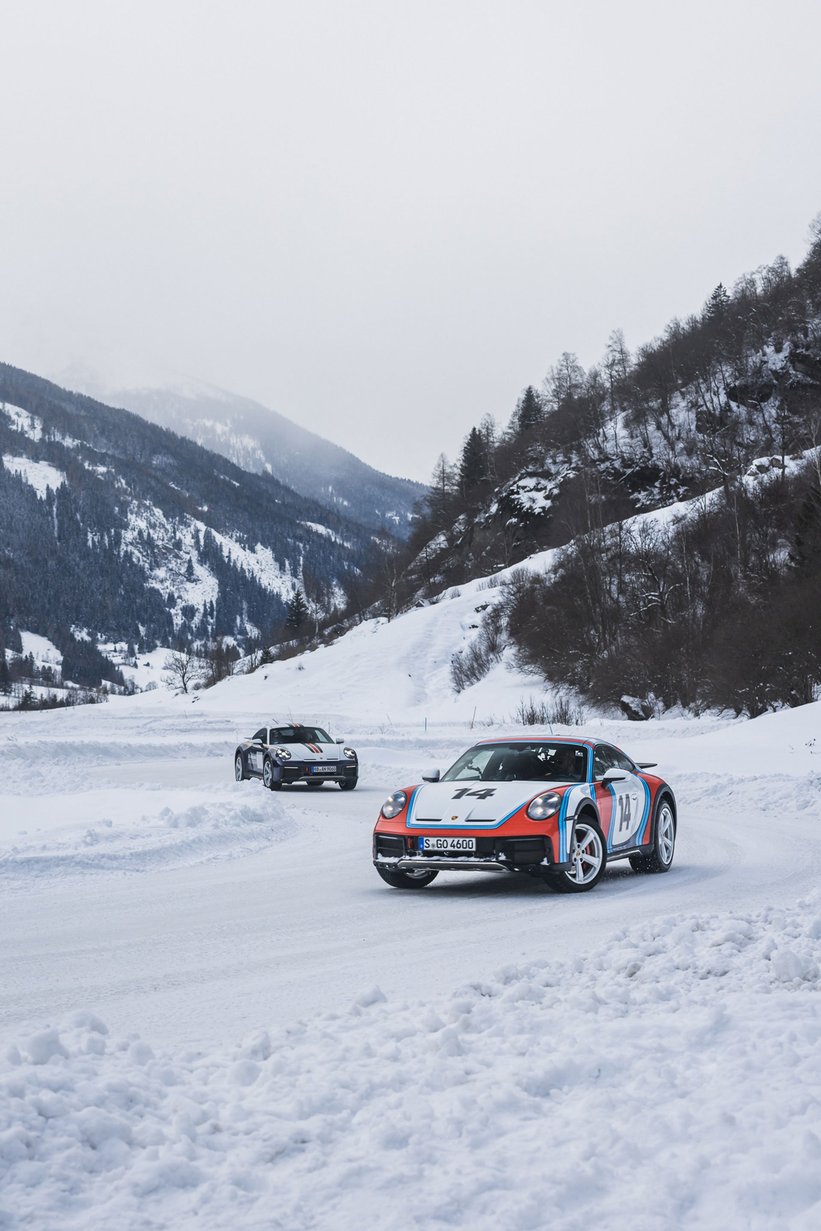
Most modern cars, including some from the Porsche line-up of big, expensive and ‘serious’ cars, feel a little bit sanitized and make the driver feel detached from the actual experience. This one doesn’t. Like the GT3 or Cayman GT4 it connects to you in that precise way, that instinctively makes you understand how to spectacularly slide it about 5 seconds after first getting behind the wheel.
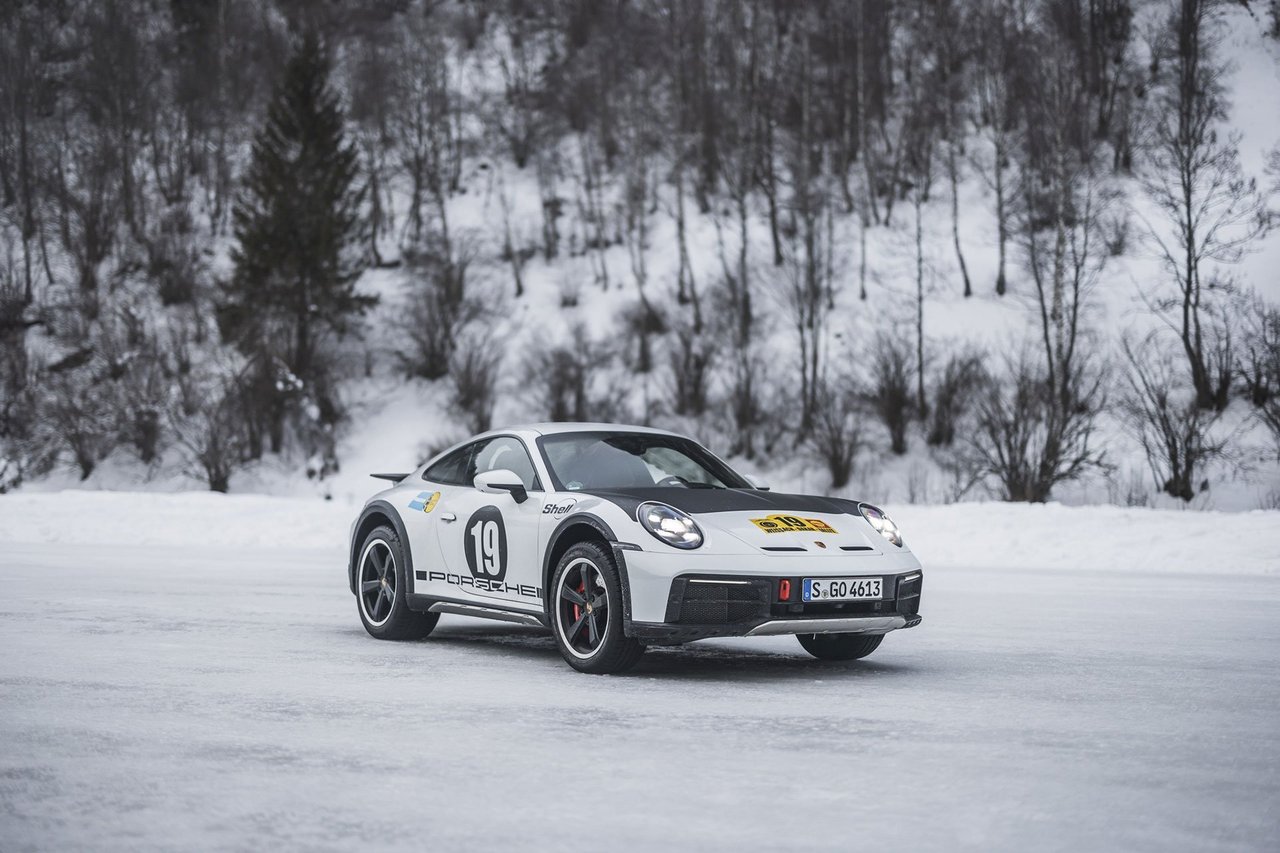
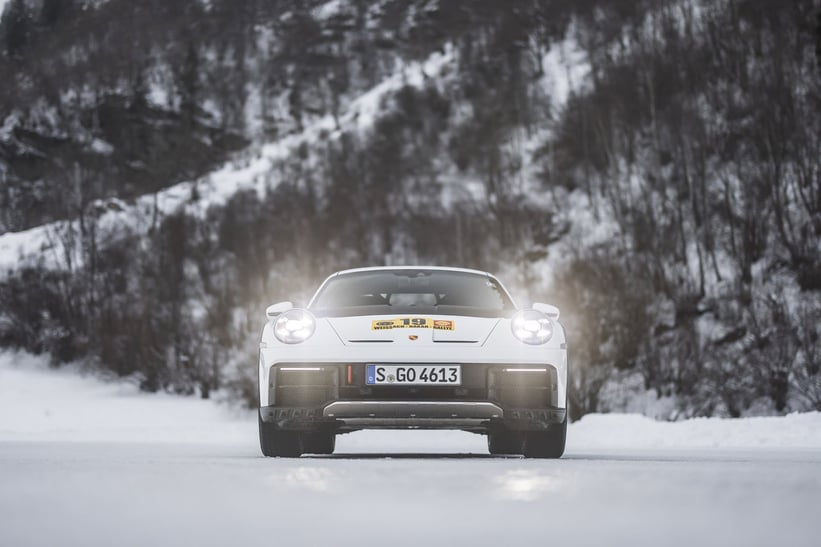
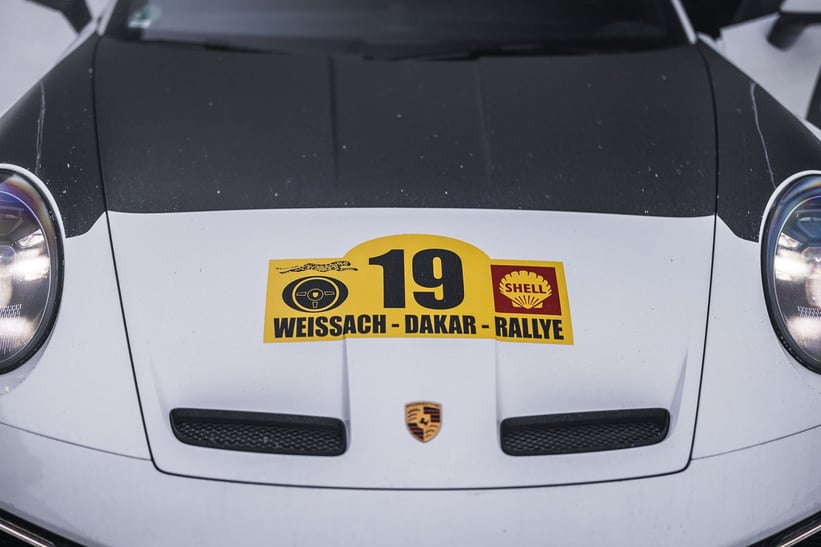
It’s a car that helps non-racing and rally drivers like myself to retune their brains – you look for some of grip on the snowy bit of the inside of the corner, so that the front tires can bite in, and you try to transfer the mass of the car by working the steering brake and throttle in such a way to perfectly transition from one corner to the next, all while looking through the side window.
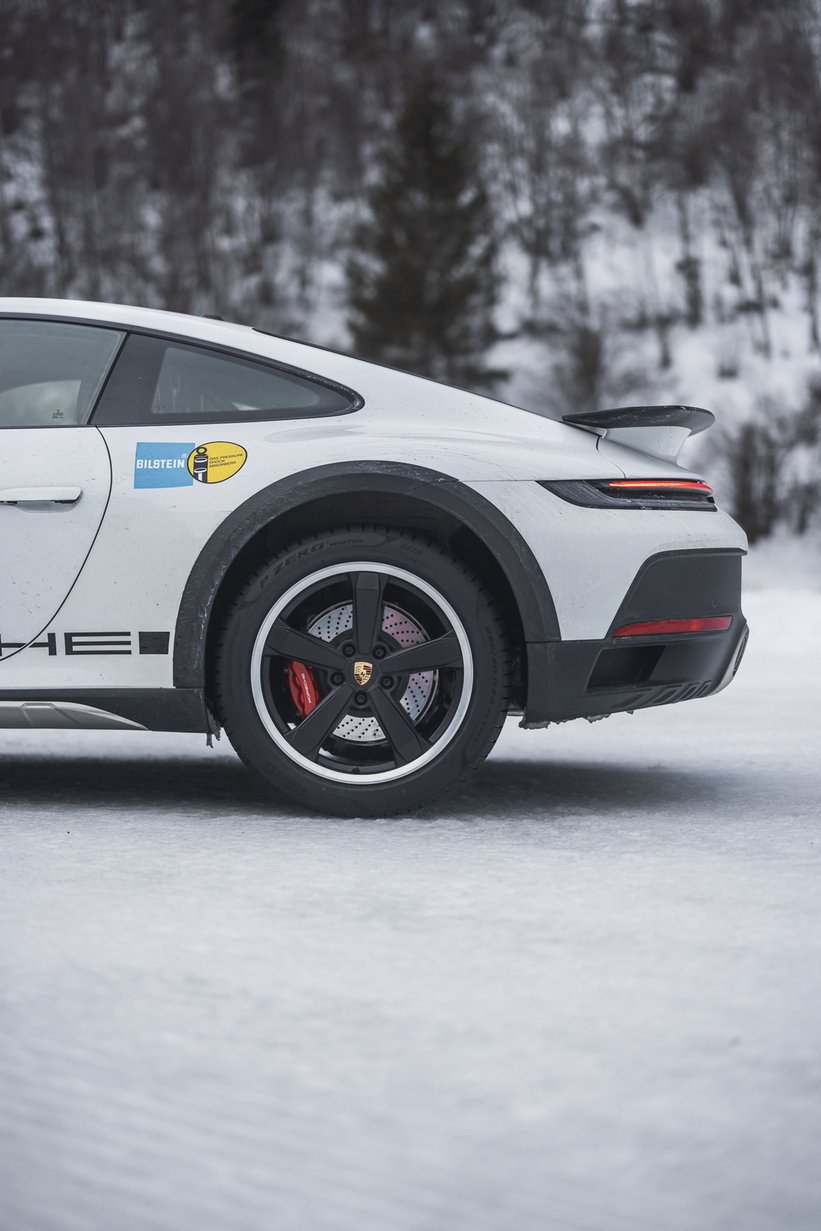

And all you have to do is to stick it into manual, so it holds on to a gear, turn the PSM (translated into: Please Save Me) off and decide wether you like best how the car behaves in Sport or Rally mode. Personally, on a smooth icy surface I prefer the former. In your mind you instantly become Walter Röhrl, Björn Waldegård, Jacky Ickx or Sobiesław Zasada, the Polish rally driver who’s team livery from the 1971 Safari Rally where Zasada was co-piloted by Marian Bień is now available as part of the three new, special paint jobs you can order for your 911 Dakar.
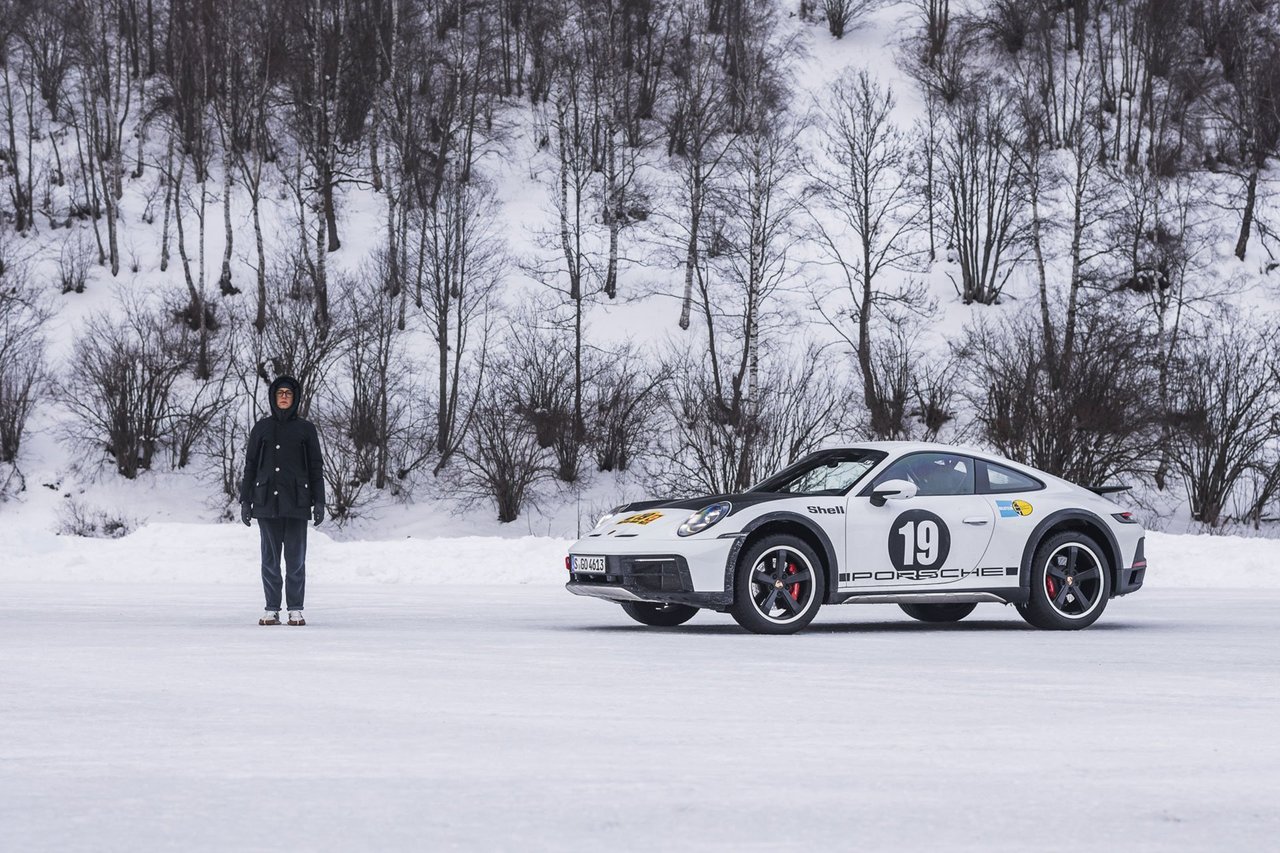
So, was the cancellation of GP Ice Race sad? Definitely, yes, although the cars and coffee pop-up and afterparty organized in its place definitely fulfilled the expectations of the small circle of enthusiasts gathered. It certainly made everyone excited about the 2024 event. I however must’ve done something karmically right in a previous life making me able to get to drive the hottest car of this winter instead. I just have to figure out how to get one now.
















































